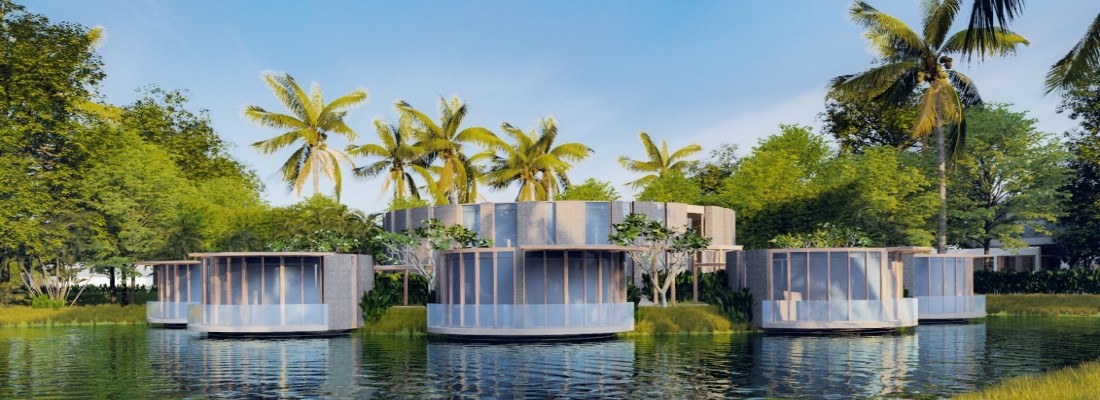
Landscape Architecture
Landscape architecture is a harmonious combination of factors such as spatial organization, aesthetics, environment, culture,... It is related to development planning, design, management, conservation, restore the landscape of the area and the construction site of people. In order to build a landscape design with high aesthetic, long-term value, developers should learn and collaborate with reputable landscape architects, avoid making mistakes have in the design and construction process
In the view of ASLA (American Society of Landscape Architects), the origins of this term began with the development of space outside of medieval houses. Next were garden designs in France in the seventeenth and eighteenth centuries, finally the concept of landscape architecture --landscape architecture - by Frederick Law Olmsted in the US in 1863
Landscape design has existed in Vietnam since the feudal period, starting with the garden design of the palace. Current designs in Vietnam are often a combination of old design tips and contemporary design concepts. This combination brings harmonious, beautiful works.
Infamous architectural designs, the landscape is an inseparable part to create a harmonious, attractive overall composition. The landscape part acts as a "value-added" for building projects, and even customers may prefer to buy apartments that include surrounding landscape utilities, rather than are houses with mere concrete, even though the cost is 3-4 times higher. Developers can refer to some of the following facts about the positive values that landscape designs contribute to the project:
This is one of the common misconceptions when it comes to landscape design. On a very small scale, these two concepts can be almost synonymous. However, the scale of the landscape does not stop there.
In fact, the landscape includes many other factors. Landscape architects are not necessarily limited to horticulture, greenery and flower design, but they can also plan a system of lakes, soil, pedestrian bridges, lighting systems, paving, etc. For example, a landscape architect needs to study light and how it affects greenery in a design system, what trees should be placed in areas with light levels, temperatures, and topography. how or how much depth of soil storage design is needed for best root development
In fact, there are many landscape designs that use trees only as a decoration on the surface without really taking their core values seriously. Landscape architecture besides promoting aesthetics also brings ecological values and sustainable development. Especially in new urban areas invested in landscape architecture projects will bring a valuable living environment, when people living and working in a green and environmentally friendly space will bring the enjoyment, positivity, thereby improving the creativity and performance of everyone. Improving and raising spiritual values is extremely necessary in this modern and hustle life.
In order to make these works real and not just contemporary decor, landscape architects and developers also need to focus on life cycle and maintenance issues. Maintenance activities need to be attached much importance so that green projects are sustainable with time and contribute to people's lives within their true values.
Landscape garden design in particular and landscape design in general is a work that requires creativity, innovation, stereotyping according to certain principles is completely wrong. However, there are still some guidelines that should apply
In landscape design, the water element always plays an important role in expressing the soul of natural beauty, creating a sense of coolness and proliferation. The sound of flowing water, the reflective surface always attracts attention, which is the highlight of the design. Water also helps to regulate the climate for the whole region, creating moisture, reducing the temperature due to evaporation. The lake in the garden also creates changes in the ground, the aquatic animals such as ornamental fish, tortoise combination with the water plant make the garden more lively and lively. To keep things simple here are a few rules for landscape architects: Planning drainage systems for hard landscape areas independent of swimming pools or water features. Landscape architects can provide a 'green infrastructure' solution. The 'natural' approach to rainwater management can be very effective. These need to be specifically planned and designed.